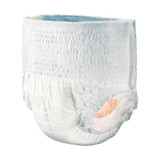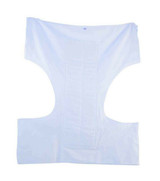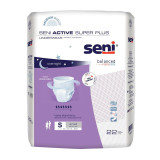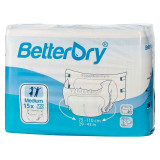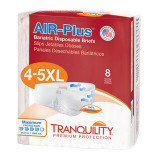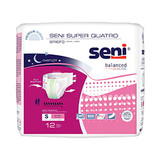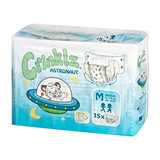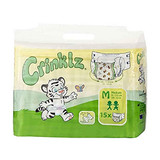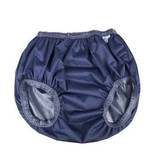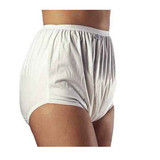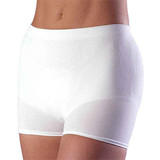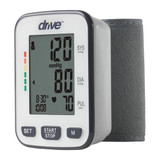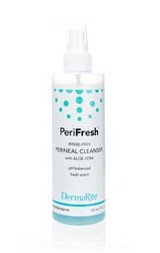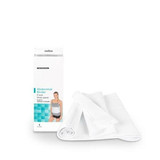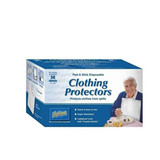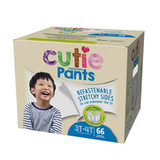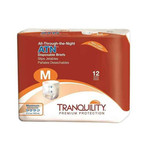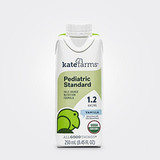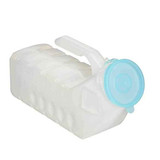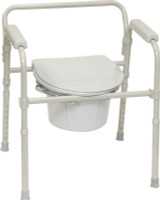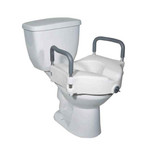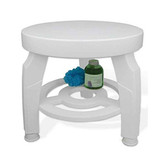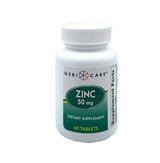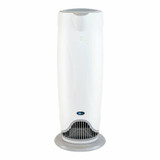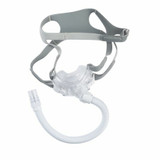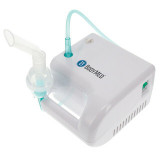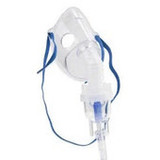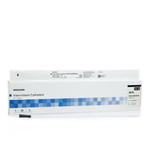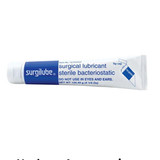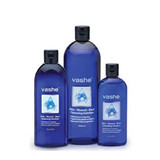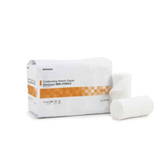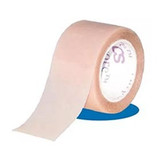
The Caregiver Guide - Managing Urinary Incontinence Patients
Incontinence is a common condition that affects people of all ages. A Medical Professionals Reference report quotes that more than half of older American adults experience a degree of urinary incontinence. A 2020 research report by the National Alliance for Caregiving and AARP puts the number of caregivers in the US at approximately 53 million. Given these significant numbers, it is reasonable to assume that a considerable number of caregivers in the US assist with managing incontinence.
Caring for another individual can be physically and emotionally very challenging for caregivers. When the patient has incontinence, the challenge is significantly tougher. Managing incontinence requires compassion and understanding, as well as knowledge about the right products and techniques to ensure patients' comfort, dignity, and well-being.
Understanding Incontinence: Types and Causes
Urinary incontinence refers to the loss of bladder control, resulting in involuntary leakage of urine. It can affect people of all ages but is more prevalent in older people. It is also more common among women than men. Let’s start by looking at the different types of urinary incontinence.
· Stress Incontinence. This occurs when pressure on the bladder forces urine to escape. The most common causes of stress incontinence are coughing, sneezing and lifting.
· Urge Incontinence. This is a sudden, intense urge to urinate and frequently results in some leakage. It also causes a more frequent need to urinate.
· Overflow Incontinence occurs when the bladder doesn’t empty properly and then overfills.
· Functional Incontinence results from a physical or mental impairment that prevents a person from getting to the bathroom or undoing buttons in time.
Urinary incontinence can have various causes, such as weakened pelvic floor muscles, nerve damage, medications, hormonal changes, and underlying medical conditions. Some risk factors include age, gender, pregnancy and childbirth, obesity, and certain chronic diseases. Identifying the type of incontinence and the underlying cause is important in managing incontinence effectively.
Managing Incontinence
Treatment can sometimes reverse incontinence or reduce the severity of symptoms. Treatment options vary from simple behavioral and lifestyle changes to non-surgical therapies and, as a last resort, surgical interventions.
Common lifestyle modifications include pelvic floor exercises, maintaining a healthy weight, avoiding bladder irritants, scheduling bathroom breaks, and establishing a consistent toileting routine. Where symptoms persist and surgery is not an option, incontinence products help to manage the condition.
Incontinence Products
Fortunately, a wide range of products is available, including absorbent pads, adult diapers, protective undergarments, bed pads, and waterproof bedding. Each product serves a distinct purpose and offers varying levels of absorbency.
Choosing appropriate products depends on each individual’s unique needs and preferences. Typically, you need to consider the following factors:
· The severity of the condition
· The person’s level of mobility impairment, if any
· How active they are
· Skin sensitivity and allergies
· Cost and affordability
For a comprehensive look into adult diapers, you can refer to this guide. Alternatively, you can opt for the human touch by contacting the team at LL Medico. With more than 25 years of experience in adult diapers, incontinence products and other senior care items, we’re perfectly positioned to address your concerns.
Beyond keeping the patient dry and comfortable with diapers or urology devices, as a caregiver, there are several other areas that you need to address. Among other things, we need to think about protecting furniture and bedding, planning for a day out, and protecting the dignity and mental well-being of the patient.
Protecting Bedding and Mattresses
Protecting bedding and mattresses is crucial, especially for bedridden patients. Accidental leaks can not only create health risks for the patient but can also damage furniture and bedding. That's where specialized products like mattress protectors, bed pads, and underpads come to the rescue. These products provide an extra layer of defense against spills and stains, ensuring that both the patient and the bedding stay dry and comfortable.
When choosing the right bedding protection products, consider factors such as size, absorbency, and ease of use. Ensure that the mattress protector, bed pad, or underpad fits your mattress perfectly to maximize its effectiveness. Look for products with high absorbency to handle any level of incontinence. And don't forget about easy-care options that are machine washable and durable.
Planning an Outing
Urinary incontinence does not have to put your patient under house arrest. With a little bit of planning and research, you can still treat your patient to an enjoyable day out or even plan a vacation. When planning a day trip, you need to ensure that you have spare diapers appropriate to the activities you will engage in. It’s also a good idea to have some skin care items, bags to dispose of soiled diapers and some materials to clean up any accidents.
For longer trips, research accessible and incontinence-friendly destinations. When using public transport, try to book aisle seats for better access to bathrooms. Pack an adequate supply of diapers or pads, or, better still, find out if you can top up your supplies at your destination. Don’t overthink it, but a bit of planning will save a lot of stress and frustration.
Odor Control and Skin Care
Adult diapers and absorbent pads are unlikely to contain every leak every time. Leaks may escape when a person is very active or with a particularly heavy void episode. If leaks aren’t treated quickly and efficiently, unpleasant odors may develop. Luckily, a wide range of products are available to combat unwanted smells and dispose of soiled items.
Although modern diaper technology does a great job of keeping the skin fresh and dry, diaper users are more prone to skin health issues. It’s important to make skincare a priority. The basic skin care cabinet should have a cleanser, a moisturizer, a supply of wipes and sanitizers and some protective lotion in case of skin irritation or rashes.
In Closing
In this article, we have touched briefly on some challenges of caring for someone with incontinence and looked at some tips and strategies that can help you overcome these challenges or at least lighten the burden. Understanding urinary incontinence, how to manage it, and what resources and products are available will go a long way toward allowing your patient or loved one to live a normal life.
Mahatma Gandhi is quoted as saying, "Strength does not come from physical capacity. It comes from an indomitable will." If we’re mentally prepared to face the challenges we encounter, we're halfway to overcoming them. Never forget that by caring for someone, you give them the chance to lead a happy and healthy life.




